Facebook is currently enduring a storm unlike anything it has had to weather in the past. An hours-long outage across its apps trailed after a whistleblower statement accused the company of valuing profit and revenue above the safety of its users. And just days before this, Apple’s App Tracking Transparency (ATT) updates forced the social network to warn advertisers that their conversion data is likely off by about 15%.
Bombarded lately with negative press, Facebook, a dominant force in the ad world, may be losing some of its power.
While advertisers may re-evaluate their ties with Facebook following the fallout from the outage and the whistleblower claims, the privacy changes are already having lasting implications. With most commentary on this topic focused on ad performance and attribution, none have zeroed in on the impact these changes will have on Facebook’s first-party lookalike modeling feature that so many are accustomed to using. Thankfully, the ATT updates don’t have to result in catastrophe, but rather can create an opportunity for brands of all sizes to reclaim some control over their audience modeling approach.
What does this mean for Facebook’s analytics capabilities?
Recent stats show about a mere 17 percent opt-in rate for users who installed the iOS 14.5 update. This significant drop in data flowing into Facebook’s platform will negatively affect its ability to create effective look-alike audiences.
In the short-term, applying historical data may be able to sustain performance. But as the data degrades over time, the drop-off rate in performance will accelerate. Brands with a dependency on the platform and its data will have to respond to these new challenges and find creative solutions for continued accurate audience targeting within the social platform.
This is not to suggest that brands abandon Facebook as a channel – consumers are still there and are not leaving the platform. But, it is time to find a new way to engage with those audiences without the dependency on Facebook data or its modeling methodologies.
Re-imagine how you use data for Facebook
The key element of a creative solution is adjusting and learning how to capture and leverage audience data in a way that doesn’t leave advertisers at the mercy of Facebook, or any other big tech companies.
In other words, it’s time to decouple data from a single platform and focus on strategies beyond Facebook. With changes coming to third-party cookies, some larger brands may already be well on their way to doing this, but smaller brands may need some lightweight investment ideas to get the ball rolling.
Consider looking into the following ways to amend a Facebook-focused approach to a more diverse alternative.
First-party data collection
Brands need to first solidify the data that will serve as the seed data for modeling. The immediate opportunity is for brands to invest in collecting more first-party data. Data collection should be considered for many online and offline sources, including--but not limited to--mobile apps, website conversion points, social media, SMS, email surveys, point of purchase, direct mail, and in-store purchases.
It is critical that brands understand how to truly ingest and own these data assets, addressing everything from compliance to data management infrastructure. Taking ownership of this process ensures brands can act on their audience data when and where it is needed.
Create your own audience analysis
When using first-party data, brands can implement test and control groups for marketing initiatives such as messaging, offers, spend levels, or other metrics which factor into overall incremental lift. By deploying and testing campaigns using first-party data, brands can clearly evaluate the good and bad, adapting accordingly to boost campaign performance. More advanced segmentation and testing will help identify and create stronger second- and third-party partnerships to fill in any missing data.
Implement machine learning and build your own cohorts
Google and Facebook offer look-alike audiences, but there are some flaws in their black box solutions. Therefore, these groups do not always align with the desired outcomes or provide the flexibility and transparency required to adjust. By accessing other analytic data platforms and machine learning options, marketers can build more custom solutions and have more input and control over the model objectives and methodologies. As a result, they can then deploy more refined audiences.
These ideas can lead directly to Facebook campaign success. Modeled audiences built from more robust first-, second-, and third-party data assets can be pushed directly into Facebook. But to get to this step, brands must focus on their first-party data asset as the foundation for decoupling from big tech in general, not just Facebook. As the landscape evolves, these changes will continue to prove their value and create a future-proof brand data strategy.






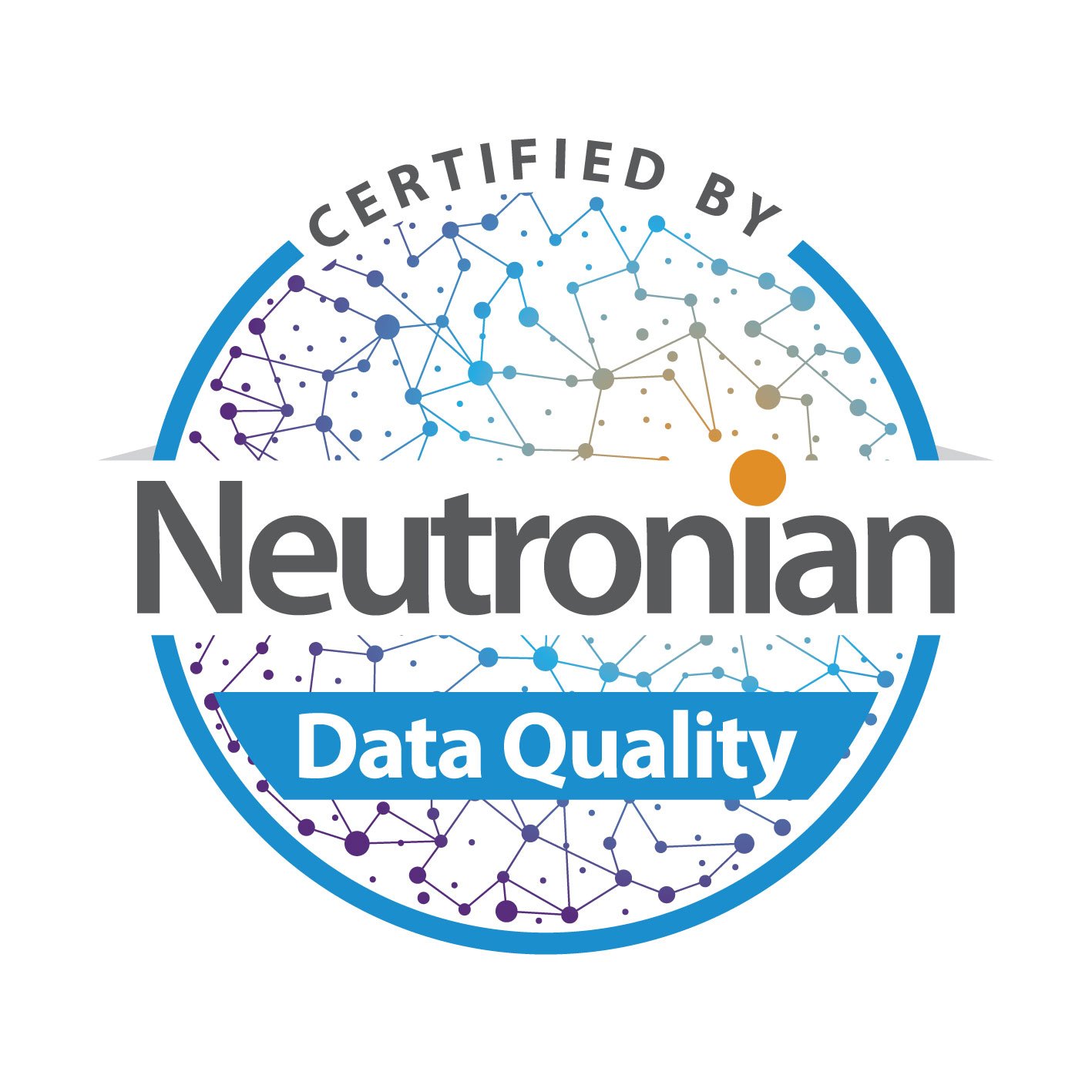
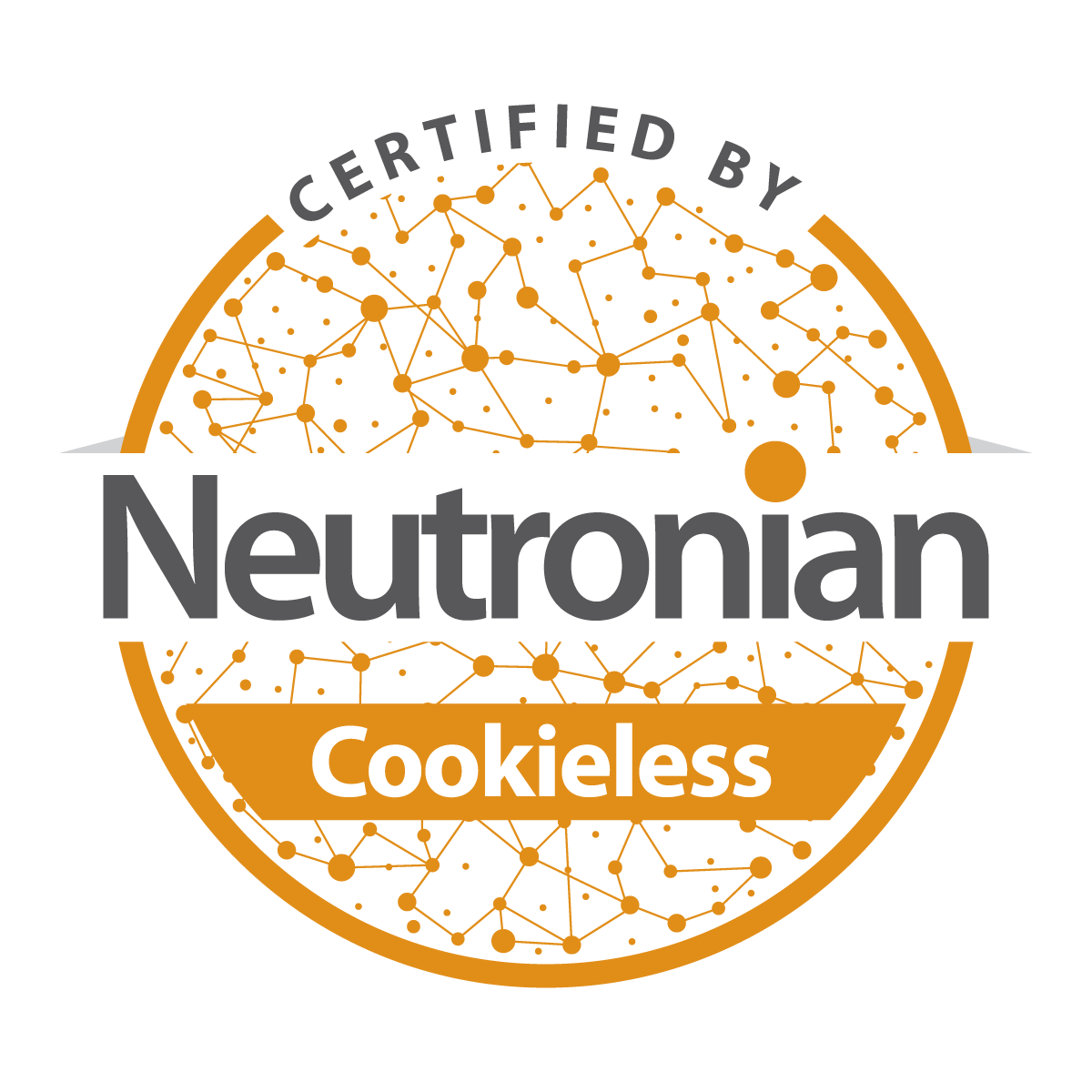

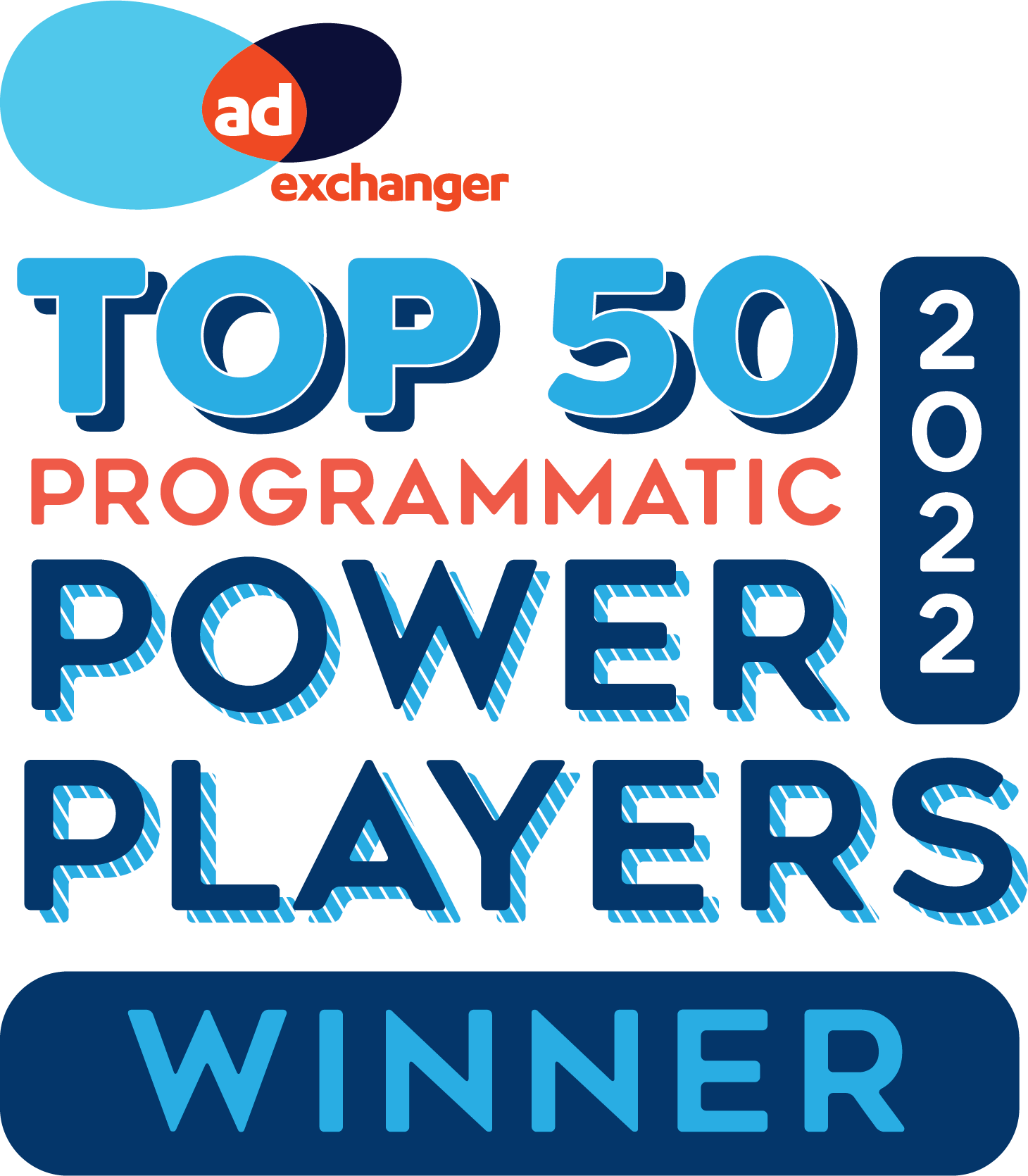

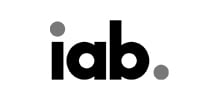



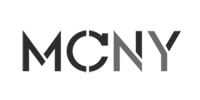
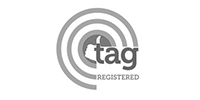
Submit a Comment